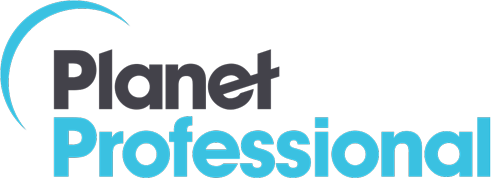Positioning Yourself for Open Enrollment
Open enrollment will be here before you know it. Behind the scenes, HR and Benefits teams begin planning for their organization’s open enrollment period long before the process starts. This ensures that employees are adequately prepared, and the process goes off without a hitch.
The Planning and Assessment Phase
Successful open enrollment begins with early planning. It is crucial to start several months in advance to ensure there is ample time to manage all the necessary tasks.
Post-Renewal Evaluation: Evaluating the previous years’ claims, as well as the open enrollment process itself, will be indispensable in determining if your company needs to change its insurance provider or plan structure. What types of claims were most prevalent? Are there any parts of the process that could be improved upon? Answering these questions will inform the rest of your strategy.
Detailed Claims Analysis: Analyzing the types of claims that were most common can help in tailoring the benefits offerings to better meet employee needs. Hiring contingent Benefits Analysts can function as a tactical move to ensure a robust analysis, freeing up your internal team to focus on the longer run strategy. What’s more, assessing what claims are most prominent—whether that’s diabetes or mental health care—can inform your employee wellness programs throughout the year.
Coverage Satisfaction: Another way to deepen your evaluation is to solicit feedback from employees on their level of satisfaction with their insurance. What do employees like about their plans and the enrollment process? What don’t they like? Are there any recurring pain points? Having a structured process for feedback will help determine whether employees (and the company at large) are satisfied with the current coverage.
Ensuring A Smooth Process
Once you’ve conducted a thorough evaluation of your coverage and prior year’s claims, it’s time to prepare for the open enrollment process itself.
Adhere to IRS Guidelines: Staying informed about the latest IRS guidelines regarding spending account limits is essential. Updating the benefits offerings accordingly ensures compliance and maximizes benefits for employees.
Nail Down the Details on Time: Above all, it’s critical that you finalize your rates, dates, and plans to be offered as soon as possible. Giving your operations and HR teams the tools they need to do so will ensure your company is well positioned for an effective rollout.
Build Your Benefits Platform: Most organizations purchase and use a comprehensive benefits platform, such as ADP, Workday, Benefit Focus, etc. Whatever platform you choose, it’s important that you have the benefits personnel required to meet your deadlines.
Develop a Comprehensive Communication Strategy: Having a structured comms plan in place is arguably just as important as any other step in the process. Knowing when, how, and how often you will communicate with employees will be key to a successful open enrollment period. Get your documentation and support materials in order and disseminate them to employees prior to your enrollment dates to minimize any confusion.
Plan for Contingencies: Without fail, someone in your organization is sure to miss the open enrollment period. Make sure you plan for a likely (and let’s face it—probable) outcome. A dedicated “silent enrollment” period can accommodate those who miss the formal process.
The Main Takeaway
Early and rigorous preparation is the key to a smooth open enrollment period. A thorough evaluation of the previous year is foundational to a successful process. From there, HR teams and benefits personnel can finalize the details, develop a communications plan, and strategize on how to plan for contingencies. By following a structured process, your organization ensures a successful and stress-free open enrollment period for employees and the company at large.
Need additional resources to support your open enrollment process? Contact us today and let’s discuss how we can help.
Photo Credit: Canva



